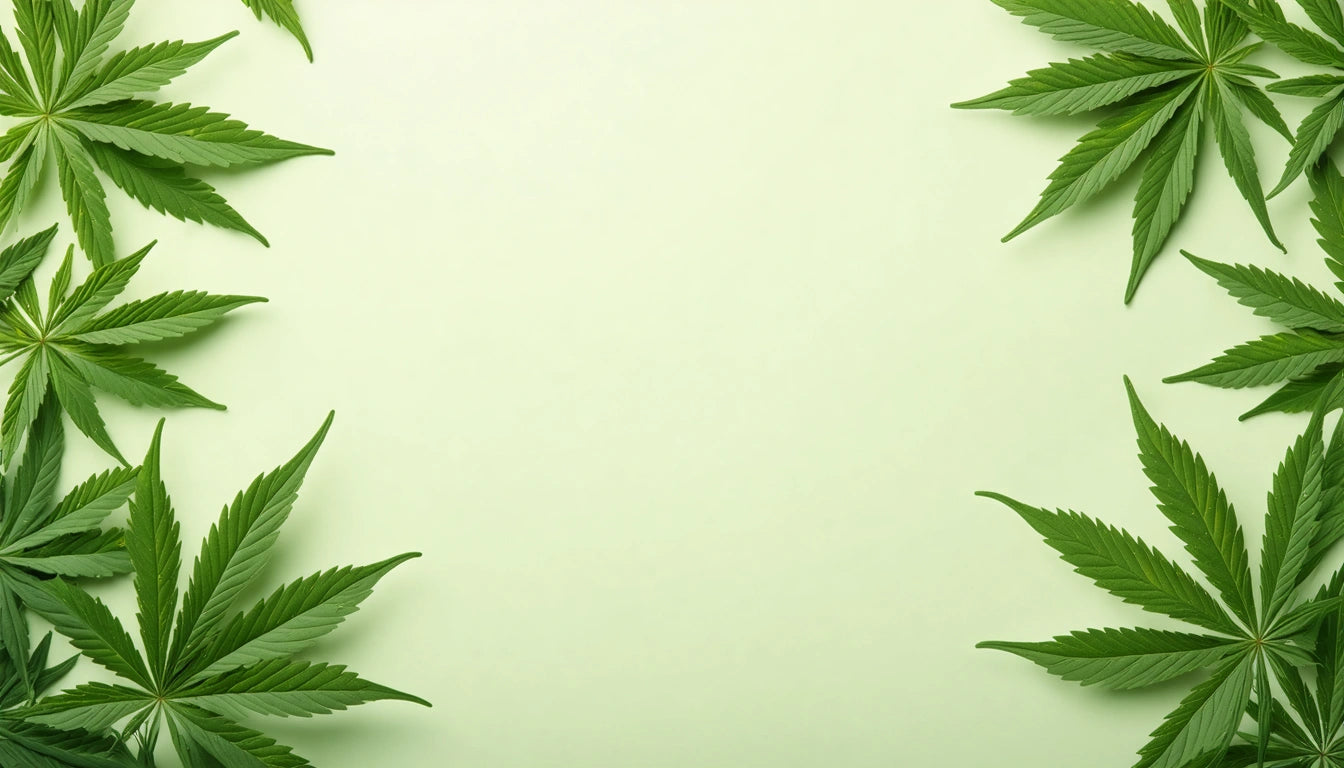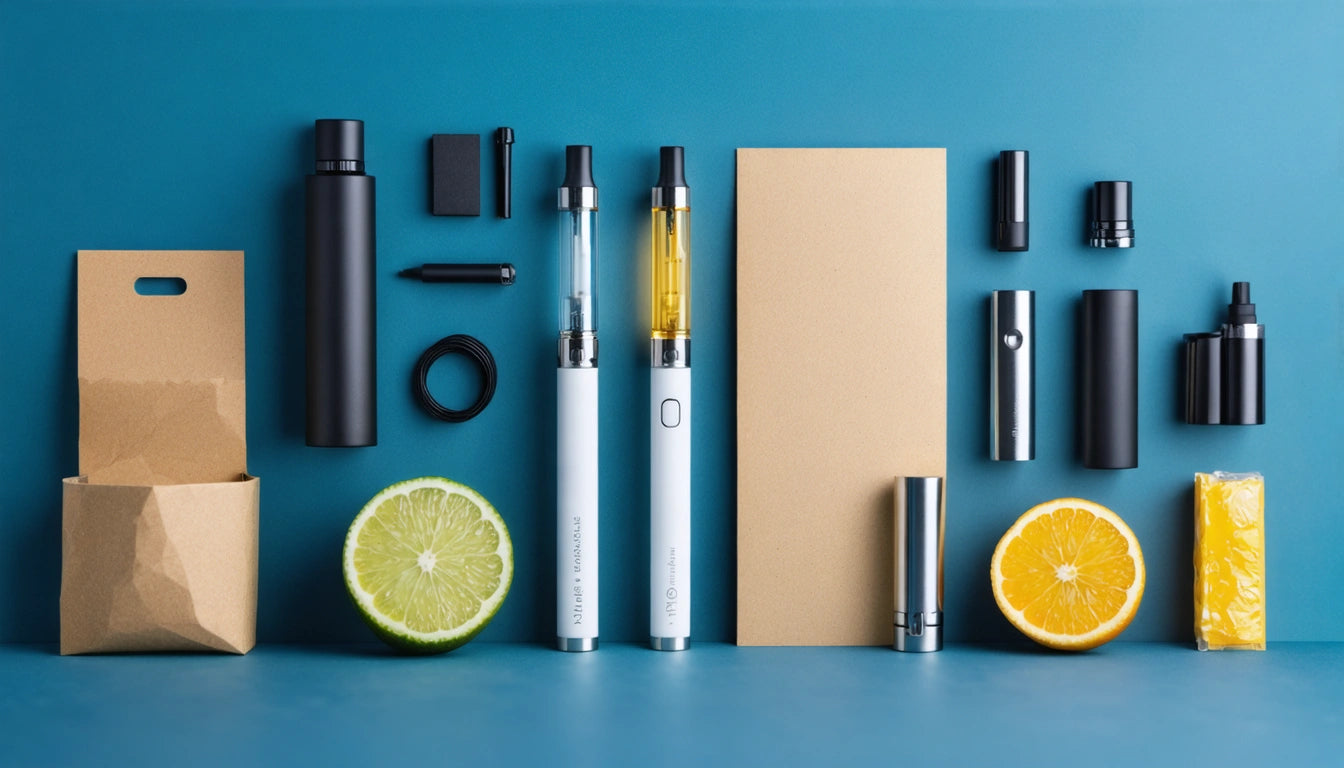Table of Contents
Can You Use Hemp Paper in Inkjet or Digital Labeling?
As cannabis brands increasingly seek sustainable packaging solutions, hemp paper has emerged as a promising alternative for labeling applications. However, questions about its compatibility with modern printing technologies persist. This guide explores whether hemp paper works effectively with inkjet printers and digital labeling systems, helping brands make informed decisions about their packaging materials.
Hemp Paper Basics: Properties and Sustainability
Hemp paper differs from traditional wood pulp paper in several key ways. It typically features longer fibers, higher tensile strength, and greater porosity. These characteristics make hemp paper exceptionally durable but can affect how it interacts with printing technologies.
From a sustainability perspective, hemp packaging offers significant environmental benefits. Hemp requires fewer pesticides, grows faster than trees, and can yield four times more paper per acre than wood pulp. However, these same properties that make hemp paper environmentally superior can create challenges for digital printing processes.
Inkjet Compatibility: Challenges and Solutions
When using hemp paper with inkjet printers, several challenges may arise:
- Increased ink absorption due to higher porosity
- Potential for bleeding or feathering of text
- Longer drying times compared to conventional papers
- Variable print quality depending on paper density
To address these challenges, manufacturers have developed specialized hemp papers with sizing agents that reduce excessive ink absorption. These treated hemp papers perform better in inkjet applications while maintaining most of their environmental benefits.
For precise labeling applications, such as when labeling hemp-derived THC products, it's essential to test print quality before committing to a large production run. Many brands find that using precision measurement tools during production helps ensure consistent quality when working with natural materials like hemp paper.
Digital Printing on Hemp Paper: What You Need to Know
Digital printing technologies, including laser printing and digital presses, interact differently with hemp paper compared to inkjet systems. Key considerations include:
Laser Printing Compatibility
Laser printers use heat to fuse toner to the paper surface. Hemp paper generally performs well with laser printing because:
- The heat tolerance of hemp fibers is typically sufficient for laser fusing
- Toner sits on the paper surface rather than being absorbed
- The natural texture of hemp paper can help with toner adhesion
Digital Press Considerations
Commercial digital presses offer the best results for high-volume hemp paper label production. These systems can be calibrated specifically for hemp paper's unique characteristics. However, they require:
- Paper thickness consistency
- Proper moisture content
- Controlled fiber direction
According to research on hemp paper labels for Delta-8 products, digital press printing on hemp paper can achieve excellent results when these variables are properly managed.
Practical Applications for Cannabis Brands
Cannabis brands can effectively utilize hemp paper for various labeling applications:
Product Labels
Hemp paper works well for primary product labels, especially when using digital presses or specialized inkjet printers. The natural aesthetic of hemp paper can enhance brand perception, particularly for brands positioning themselves as organic or sustainable.
Secondary Packaging
For secondary packaging elements like boxes and inserts, hemp paper performs exceptionally well with both inkjet and digital printing. The higher thickness tolerance in these applications makes hemp paper a practical choice.
Compliance Labels
When creating compliance labels, print clarity is paramount. Hemp packaging can meet FDA requirements when properly printed, though brands should verify that their specific hemp paper and printing combination produces consistently scannable barcodes and readable warning text.
Quality Considerations for Hemp Paper Labels
When evaluating hemp paper for digital or inkjet labeling, consider these quality factors:
- Thickness consistency: Variations can affect feeding through printers
- Surface treatment: Coated hemp papers perform better in most digital applications
- Moisture content: Higher moisture can cause warping and print quality issues
- Color consistency: Natural hemp variations may affect brand color matching
- Durability: Consider how the printed label will hold up in various environmental conditions
For brands concerned about consistency, specific hemp packaging formats are now available that are optimized for digital printing technologies.
Future Innovations in Hemp Paper Technology
The hemp paper industry continues to evolve, with several promising developments for digital and inkjet printing applications:
- Hybrid hemp papers with enhanced printability while maintaining sustainability benefits
- Specialized coatings that improve ink reception without petroleum-based chemicals
- Hemp papers specifically engineered for high-speed digital presses
- Water-resistant hemp paper formulations that protect printed information
As hemp-based packaging scales, we can expect continued improvements in print compatibility. The growing demand from environmentally conscious brands is driving innovation in this space, making hemp paper an increasingly viable option for all types of digital and inkjet labeling applications.
While challenges remain, the combination of sustainability benefits and improving print technology makes hemp paper a compelling choice for forward-thinking cannabis brands looking to align their packaging with their values.











Leave a comment
All comments are moderated before being published.
This site is protected by hCaptcha and the hCaptcha Privacy Policy and Terms of Service apply.